Cosmic-ray particles and γ-rays striking superconducting circuits can generate qubit errors that are spatially correlated across several millimetres, hampering current error-correction approaches.
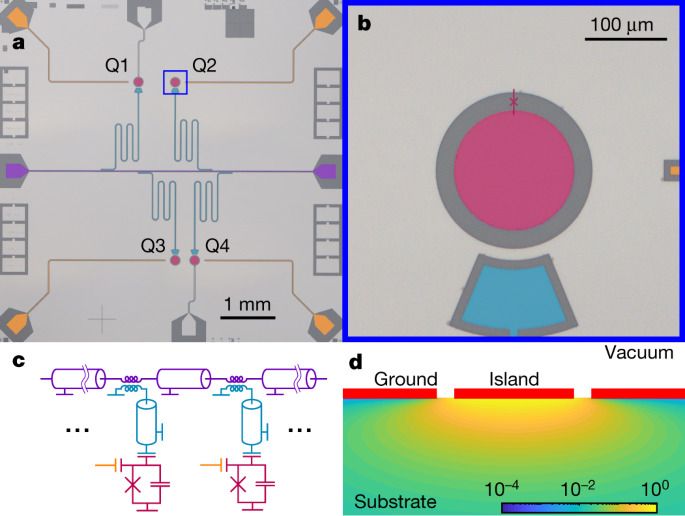


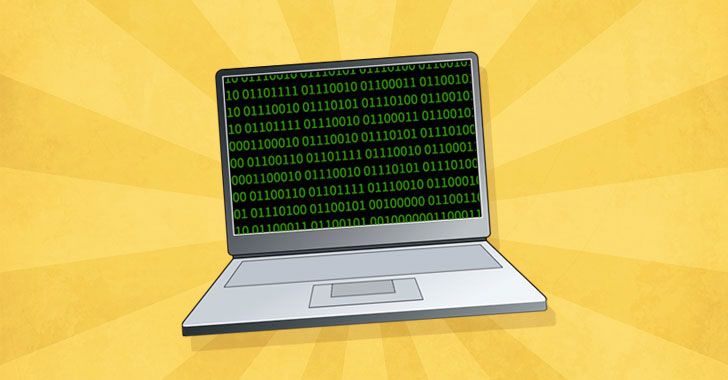

A Middle Eastern advanced persistent threat (APT) group has resurfaced after a two-month hiatus to target government institutions in the Middle East and global government entities associated with geopolitics in the region in a rash of new campaigns observed earlier this month.
Sunnyvale-based enterprise security firm Proofpoint attributed the activity to a politically motivated threat actor it tracks as TA402, and known by other monikers such as Molerats and GazaHackerTeam.
The threat actor is believed to be active for a decade, with a history of striking organizations primarily located in Israel and Palestine, and spanning multiple verticals such as technology, telecommunications, finance, academia, military, media, and governments.

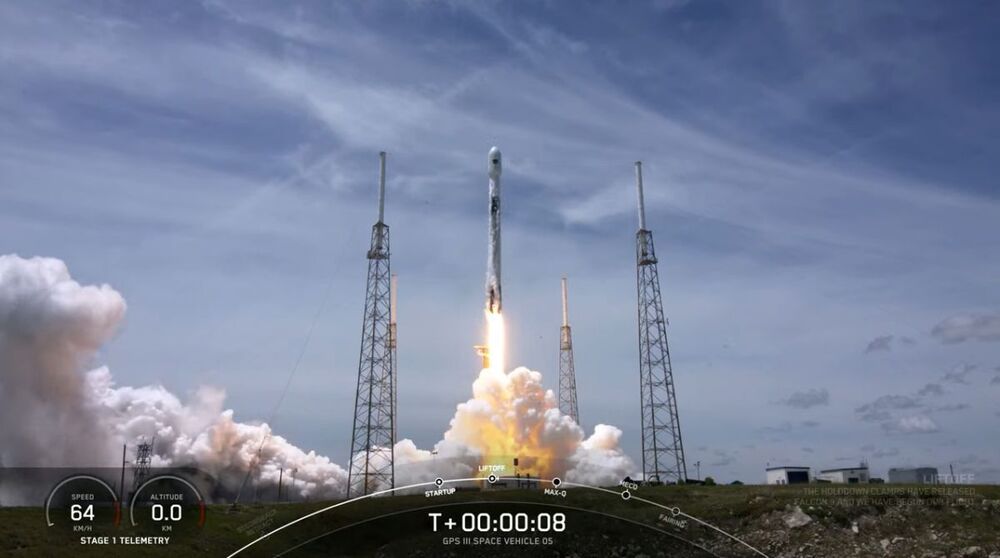
It’s SpaceX’s 19th rocket launch (and landing) of the year.
All of this is great news for SpaceX, as the company has been relying heavily on its fleet of veteran rockets, with many Falcon 9 first stages having racked up five or more flights each.
Out of 19 missions so far this year, only one has featured a brand new Falcon 9; the rest were on flight-proven boosters.
It’s also great news for Space Force and taxpayers as flying on reused rockets translates to a savings of nearly $53 million across the two flights (GPS III-SV05 and GPS III-SV06), Space Force officials said.
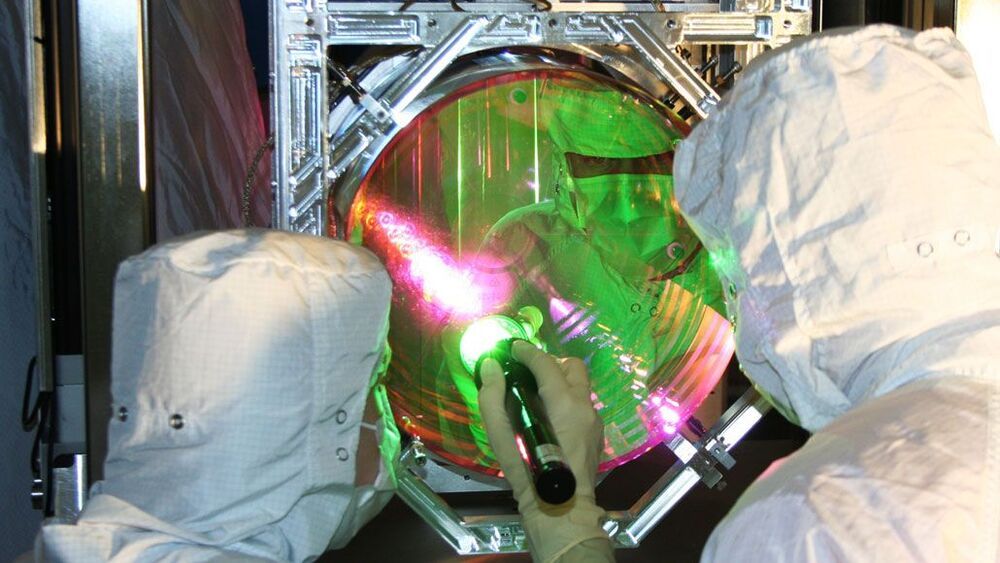

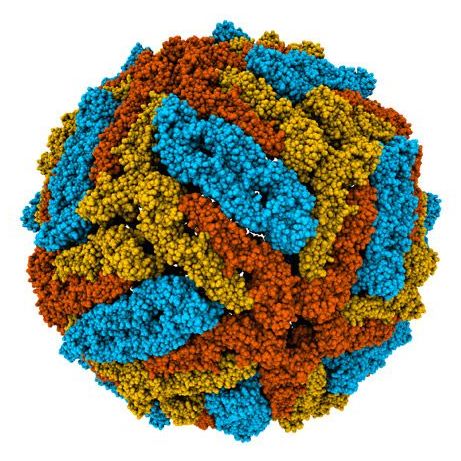

Observing the secrets of the universe’s “Dark Ages” will require capturing ultra-long radio wavelengths—and we can’t do that on Earth.
The universe is constantly beaming its history to us. For instance: Information about what happened long, long ago, contained in the long-length radio waves that are ubiquitous throughout the universe, likely hold the details about how the first stars and black holes were formed. There’s a problem, though. Because of our atmosphere and noisy radio signals generated by modern society, we can’t read them from Earth.
That’s why NASA is in the early stages of planning what it would take to build an automated research telescope on the far side of the moon. One of the most ambitious proposals would build the Lunar Crater Radio Telescope, the largest (by a lot) filled-aperture radio telescope dish in the universe. Another duo of projects, called FarSide and FarView, would connect a vast array of antennas—eventually over 100000, many built on the moon itself and made out of its surface material—to pick up the signals. The projects are all part of NASA’s Institute for Advanced Concepts (NIAC) program, which awards innovators and entrepreneurs with funding to advance radical ideas in hopes of creating breakthrough aerospace concepts. While they are still hypothetical, and years away from reality, the findings from these projects could reshape our cosmological model of the universe.
“With our telescopes on the moon, we can reverse-engineer the radio spectra that we record, and infer for the first time the properties of the very first stars,” said Jack Burns, a cosmologist at the University of Colorado Boulder and the co-investigator and science lead for both FarSide and FarView. “We care about those first stars because we care about our own origins—I mean, where did we come from? Where did the Sun come from? Where did the Earth come from? The Milky Way?”